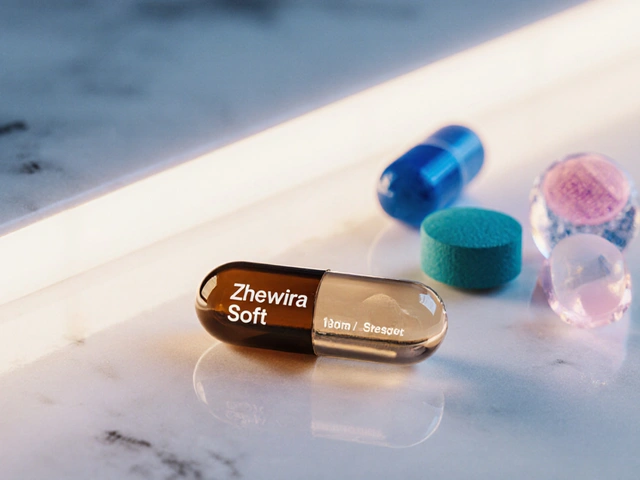Contact Dermatitis: Causes, Triggers, and How to Find Relief
When your skin reacts badly to something you touched, it’s often contact dermatitis, a common skin inflammation triggered by direct contact with an irritant or allergen. Also known as allergic contact dermatitis or irritant contact dermatitis, it’s not contagious—but it can feel unbearable. You might blame your new soap, jewelry, or even your laundry detergent, and you’re usually right.
There are two main types: one caused by direct damage from harsh chemicals like bleach or solvents (irritant dermatitis), and another triggered by your immune system reacting to something harmless, like nickel in earrings or poison ivy (allergic contact dermatitis). The first shows up fast, often within hours. The second can take days to appear, making it harder to track down the culprit. Both cause redness, itching, swelling, and sometimes blisters or cracked skin. If you’ve ever had a rash after wearing a watch, using hand sanitizer, or gardening, you’ve likely dealt with one of these.
What makes it tricky is that the triggers are everywhere. Latex gloves, fragrances in shampoo, preservatives in moisturizers, even the metal in your phone case can set it off. People with eczema or sensitive skin are more at risk, but anyone can develop it. And while over-the-counter hydrocortisone creams help some, they don’t fix the root problem. The real solution is identifying what’s causing it—and avoiding it. Patch testing by a dermatologist is the gold standard for finding hidden allergens, but you can start by tracking what you touch before a flare-up.
Many of the articles below dive into how everyday products, medications, and even supplements can trigger skin reactions. You’ll find comparisons of anti-itch treatments like Eurax (crotamiton), how excipients in pills might cause rashes, and why some people react to ingredients others tolerate just fine. Whether you’re dealing with a stubborn rash from your skincare routine or wondering if your new medication is to blame, this collection gives you real, practical ways to figure it out and feel better—without guessing.
Contact Dermatitis: How to Identify and Avoid Allergens That Trigger Skin Reactions
Learn how to identify and avoid the allergens causing your stubborn skin rash. Patch testing is the only reliable way to find the trigger-and avoiding it can clear your skin for good.
About
Skin Care and Dermatology
Latest Posts


Congressional Bills to Tackle Drug Shortages: What’s Really in the Works
By Marcel Kornblum Nov 23, 2025

Genetics of Bone Marrow Disorders: Key Findings and Clinical Impact
By Marcel Kornblum Sep 27, 2025

Top Alternatives to Vibramycin: Effective Antibiotic Options
By Marcel Kornblum Oct 30, 2024

